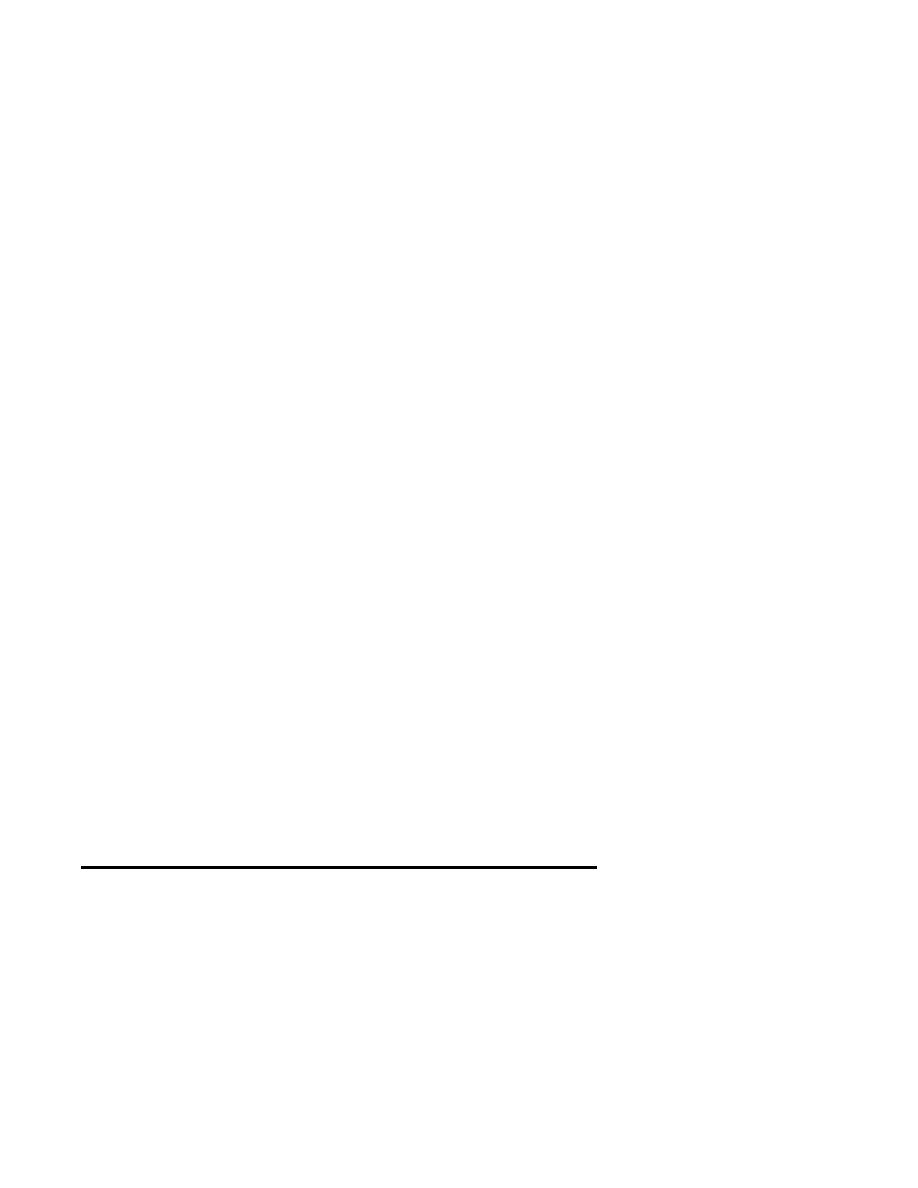 |
|||
|
|
|||
|
Page Title:
POTENTIAL SOURCES OF WEAR METALS TO AID TROUBLESHOOTING |
|
||
| ||||||||||
|
|
 NAVAIR 17-15-50.3
TM 38-301-3
T.O. 33-1-37-3
CGTO 33-1-37-3
ENGINE:
F110-GE-100 (Cont)
AIRCRAFT:
(F-16)
d. When a wear metal concentration level is in the abnormal category.
e. When element(s) exceed the abnormal trend limit.
11. Engines with less than 100 flying hours since new may exhibit Fe trending and concentrations that exceed the
limits prescribed in the tables. This is due to initial break-in of oil lubricated parts and the cleaning action of
the oil which may remove microscopic manufacturing residues. For such engines, the following iron trending
and concentration limits apply, provided that all other wear metal concentrations, oil consumption and master
chip detector (MCD) inspections are normal/within limits.
a. During the first 25 hours of flight, the maximum acceptable rate of Fe increase is 6 PPM in 10 engine
flight hours (EFH), and the maximum acceptable concentration is 19 PPM.
b. Between 25 and 60 flight hours, Fe trending must not exceed 4 PPM in 10 EFH, and the concentration
must not exceed 19 PPM.
c.
Between 60 and 100 flight hours, Fe trending must not exceed 3 PPM in 10 EFH, and the concentration
must not exceed 19 PPM. For any given engine, the rate at which the maximum concentration drops will
depend on the rate of oil consumption. Once Fe trending has dropped to 3 PPM or less in 10 EFH, a
drain and re-service may be performed to reduce any high concentrations of Fe.
d. Engines exhibiting Fe trend/concentration within these limits shall remain on normal surveillance (Code
A). After the engine has accumulated 100 flight hours, the trending and concentration limits defined in the
tables must be applied.
12. F110-GE-100 engine maximum allowable consumption is 1.5 half-pints per EOT. Consumption inspection is
recommended at every servicing (calculated). If the maximum consumption rate is exceeded, troubleshooting per
applicable technical order (2J-F110-3-9, 2J-F110-6-4, 2J-F110-6-13, or 1F-16CJ-70FI-00-11.)
13. F110-GE-100 engine lubrication system attributes differ according to which oil tank is mounted, as follows:
P/N 1583M89G01
P/N 7127M47G02
Lube Capacity - Full
43
45
(half-pints)
Volume from "fill"
3
6
Line to "full" line
(half-pints)
POTENTIAL SOURCES OF WEAR METALS TO AID TROUBLESHOOTING
1. Main bearings or gearshafts:
a. a sudden increase of Fe may indicate main bearing distress; small amounts of Ag and Ni may accompany
the Fe.
b. A moderate increasing trend of Fe may indicate excessive wear of gears and gearshaft splines.
c. For a confirmed significant Ti reading (8-9 ppm for emission), the numbers 1 and 2, and possible number
3 bearing inner races may be turning on the inner race journals.
A-83
|
|
Privacy Statement - Press Release - Copyright Information. - Contact Us |